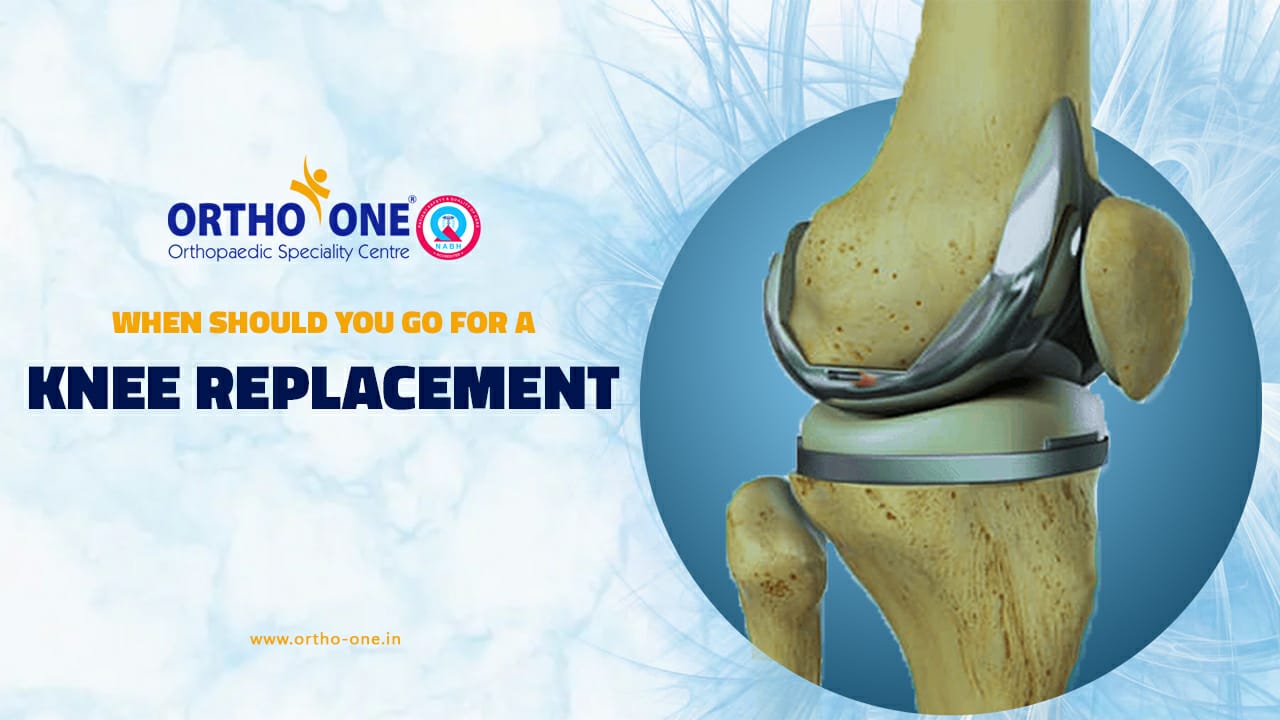Month: November 2023
Beyond Meniscectomy The Crucial Role of Meniscal Preservation in Knee Health
The meniscus is a cartilage present in the knee that acts as a cushion or shock absorber. Each knee has two menisci which are very important for the stability of the knee. Meniscus tears can happen due to trauma or because of wear and tear in the aging population. Initially, meniscectomy was the most common procedure followed to treat meniscal tears, where portions of the damaged meniscus were either partially or completely removed. However, recently there has been a debate going on whether to excise the meniscus or preserve it during knee surgeries. Dr. David V Rajan, a world-renowned Arthroscopic knee and shoulder surgeon, answers this important question and discusses the reasons for his opinion.
“Do you think that the shock absorbers in your two-wheelers or four-wheelers are essential for a smooth ride? Any mechanic would let you know that without them our vehicles will get completely damaged. Similarly, the knee meniscus, which is the shock absorber of our knees, is essential for a healthy knee joint. If there is any damage to the meniscus, it is essential to repair or restore it, without which the knee joint will be damaged due to wear and tear and will end in osteoarthritis,” says Dr. David V Rajan.
“Any patient who undergoes ACL surgery or meniscus surgery under my care can rest assured that we will do our best to preserve the meniscus as much as possible,” assures Dr. David V Rajan. There are many different techniques that can be used to achieve this including passing sutures, using implants, and all-inside, inside-out, outside-in. All these techniques can be used together as a combination or one of these techniques can be used depending on the extent, location, and severity of the meniscal tear.
Many people can continue with their normal routine without much discomfort during the initial few days after a meniscal tear happens. Due to this, there is a delay in consulting a doctor under the misconception that the injury is minor and will self-heal. According to Dr. David V Rajan, “Repairing the meniscal tear can be done very easily if the patient approaches the doctor at an early stage. However, the more he/she delays getting treatment meniscal repair and preservation gets harder to achieve.” Hence, it is very important to consult a doctor immediately if you have had a fall or if your knee feels swollen, tender, or unstable.
After meniscal repair surgery, the patient will have to go non-weight bearing or have a prolonged rehabilitation period. This will help the meniscus to heal completely allowing complete recovery. However, Dr. David V Rajan believes the delays and difficulties faced during the recovery period are a small price to pay for knee health which the patient can enjoy for a very long time. When the meniscus is repaired well or preserved efficiently, the patient can continue to participate in sports or partake in any activity of their choice without any discomfort or pain.
Dr. David V Rajan is therefore of the opinion that meniscal preservation is absolutely mandatory and has to be done whenever possible. Maintaining your shock absorbers will help the knee joints to function without any pain and plays a vital role in maintaining a healthy and active lifestyle.
Knee pain can be the most frustrating condition that can hamper one from leading a normal life. Such conditions require a very cautious and tailored approach. There are many surgical and non-surgical ways to treat a knee injury, but there comes a time when a knee replacement becomes the best option for regaining mobility which can aid in improving the quality of life. However, understanding when to go for a knee replacement is a very important decision that needs to be made.
What is Knee Replacement Surgery?
Through knee replacement surgery, damaged or worn-out knee joints are replaced in part. The procedure aids in improving knee function and reduces discomfort. Damaged bone and cartilage are rebuilt during the procedure with metal and plastic components.
It is important to know that a knee replacement is not an option for early knee pain. A surgeon will be in a better position to tell if a knee replacement is needed or not. The surgeon examines your knee’s strength, stability, and range of motion in order to get a better understanding of the condition. X-rays are used to assist determine the level of damage.
From the Doctor’s Desk on Knee Pain and Knee Replacement Surgery
Dr. P. Yuvarajan, an expert at Ortho One Orthopedic Speciality Center, sheds light on knee pain and when the need for surgical intervention arises. The knee joint is a complex structure that constitutes both bone and soft tissue. Dr. Yuvarajan emphasizes that soft tissue pathologies in patients can often be managed without surgery. These pathologies may involve issues with the meniscus, ligaments, collateral ligaments, or even hip joint pain. In such cases, non-surgical treatments are advised, such as medication and physiotherapy.
However, if the pain persists despite conservative therapy, further evaluation is necessary to identify the root cause of the knee pain. Even if the specific reason for the pain is apparent, patients need to understand that knee pain won’t magically disappear with medication alone. Regular follow-ups are a must so that we can monitor the progress.
During the initial consultation with a doctor, typically, an X-ray and blood investigations are conducted to determine the cause of the knee pain. In the first session, patients are usually prescribed medications and physiotherapy. Then follow-up appointments, scheduled at intervals of 2 to 3 weeks depending on the patient’s needs, allow the doctor to assess progress.
If, in the second follow-up, the pain has completely subsided, patients can continue with medical treatment and physiotherapy. However, if pain persists despite the treatments further investigation would be conducted to identify the source of the pain. Even when the knee joint’s cartilage appears normal in tests, an MRI can reveal tears or damage to the joint. In such cases, minimally invasive arthroscopic procedures are conducted to address the issues.
It’s important to bust the myth that all cases of knee pain require surgery. In reality, approximately 70% of patients with early knee pain present with issues related to soft tissue rather than cartilage problems. These patients are initially managed non-surgically. The decision to proceed with surgery is made based on various factors, like the presence of deformities or significant bone changes seen in X-rays.
Advanced arthritis, characterized by a lack of space between the thigh bone and leg bone, may indicate the need for surgical procedures, such as partial or total knee replacement. Thus, the decision for surgery is based on a combination of clinical, radiological, and symptomatic criteria.


